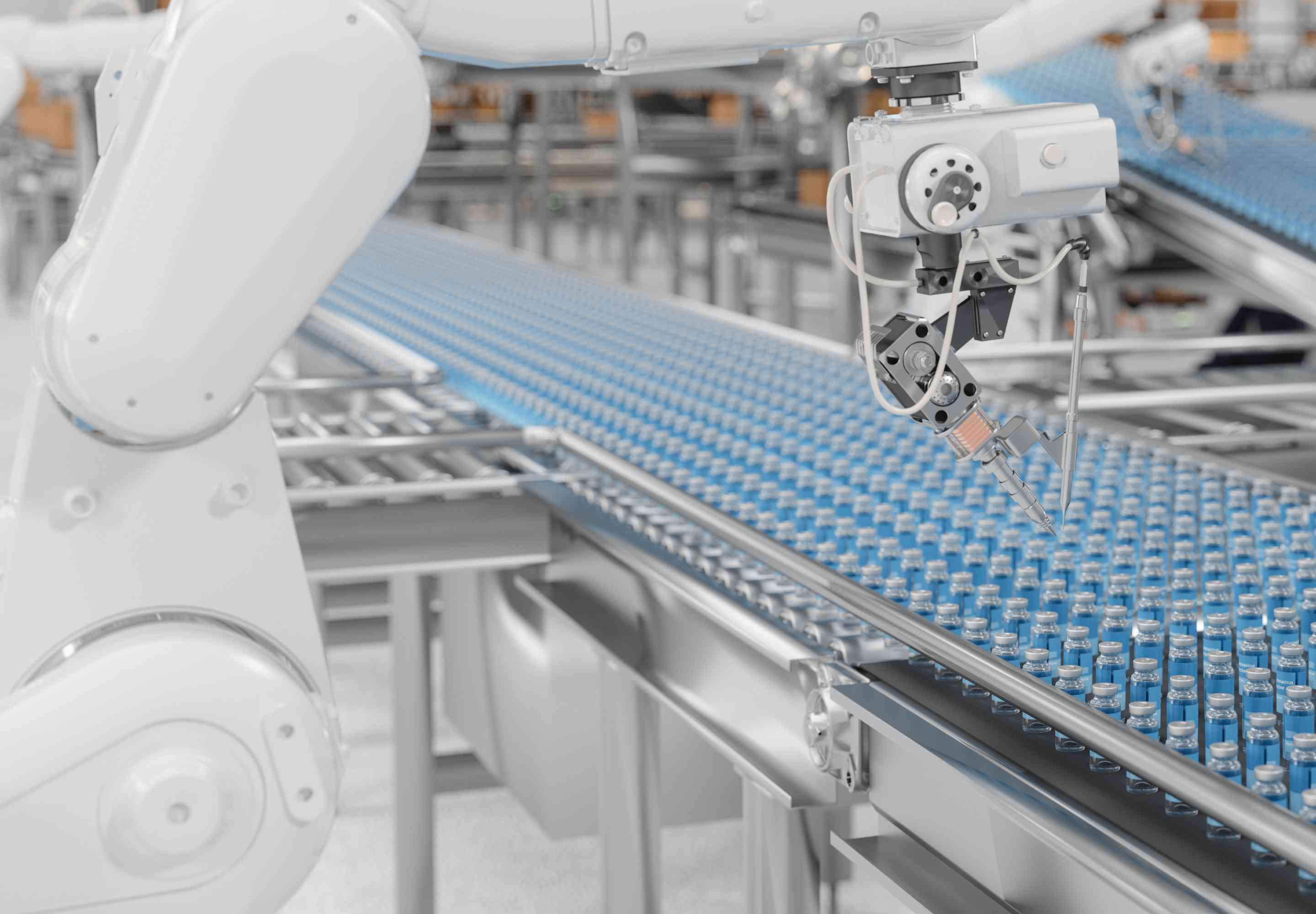-
Featured services
2026 Global AI Report: A Playbook for AI Leaders
Why AI strategy is your business strategy: The acceleration toward an AI-native state. Explore executive insights from AI leaders.
Access the playbook -
Services
View all services and productsLeverage our capabilities to accelerate your business transformation.
-
Services
Network Services
-
Services
Cloud
-
Services
Consulting
-
-
Services
Data and Artificial Intelligence
- AI and Intelligent Solutions
- Data/AI Strategy and Program
- Data Engineering and Platforms
- Data Governance and Management
- Data Visualization and Business Decision
- GenAI Consulting
- GenAI Platforms
- GenAI Industry Services
- GenAI Infrastructure Services
- GenAI Value Transformation
- View Data and Artificial Intelligence
-
Services
Infrastructure Solutions
-
Services
Global Data Centers
-
Services
CX and Digital Products
-
Services
Application Services
-
Services
Sustainability Services
-
Services
Digital Workplace
-
Services
Business Process Services
-
Services
Generative AI
-
Services
Cybersecurity
-
Services
Enterprise Application Platforms
![]()
Accelerate outcomes with agentic AI
Optimize workflows and get results with NTT DATA's Smart AI AgentTM Ecosystem
Create your roadmap -
-
-
Insights
Recent Insights
-
The Future of Networking in 2025 and Beyond
-
Using the cloud to cut costs needs the right approach
When organizations focus on transformation, a move to the cloud can deliver cost savings – but they often need expert advice to help them along their journey
-
Make zero trust security work for your organization
Make zero trust security work for your organization across hybrid work environments.
-
-
![]()
2026 Global AI Report: A Playbook for AI Leaders
Why AI strategy is your business strategy: The acceleration toward an AI-native state. Explore executive insights from AI leaders.
Access the playbook -
-
2026 Global AI Report: A Playbook for AI Leaders
Why AI strategy is your business strategy: The acceleration toward an AI-native state. Explore executive insights from AI leaders.
Access the playbook -
Discover how we accelerate your business transformation
-
About us
CLIENT STORIES
-
Liantis
Over time, Liantis – an established HR company in Belgium – had built up data islands and isolated solutions as part of their legacy system.
-
Randstad
We ensured that Randstad’s migration to Genesys Cloud CX had no impact on availability, ensuring an exceptional user experience for clients and talent.
-
-
CLIENT STORIES
-
Liantis
Over time, Liantis – an established HR company in Belgium – had built up data islands and isolated solutions as part of their legacy system.
-
Randstad
We ensured that Randstad’s migration to Genesys Cloud CX had no impact on availability, ensuring an exceptional user experience for clients and talent.
-
![]()
2026 Global AI Report: A Playbook for AI Leaders
Why AI strategy is your business strategy: The acceleration toward an AI-native state. Explore executive insights from AI leaders.
Access the playbook -
- Careers
Topics in this article
In emergency medicine, ambulances are at the edge of critical patient care. They carry life-saving devices like portable blood analyzers and cardiac monitors that help paramedics make critical decisions on the spot.
In technology, “the edge” refers to decentralized computing that processes data close to the source where it’s generated (devices or sensors) rather than relying on a centralized cloud or data center.
Now, imagine if this technology could become even smarter – including in an ambulance – thanks to a new way of integrating AI where it matters most.
In our scenario, AI algorithms and models can be deployed on the equipment used by the paramedics (the edge devices). When an ambulance arrives at the scene of an emergency, paramedics can conduct an ultrasound scan of a patient, as they usually would. Then, AI algorithms embedded in the device can analyze the scans, immediately identify possible internal bleeding and fractures, and flag any need for rapid intervention.
Similarly, a wearable edge-AI device can not only track a patient’s vital signs but also detect abnormalities (such as a sudden drop in blood pressure) and alert paramedics if the patient’s condition worsens.
And, having been trained on relevant data, edge AI can use historical data patterns to predict possible complications, such as shock or cardiac arrest.
Making the edge smarter
The emergency-medicine scenario is just one example of how bringing AI to the edge is redefining the way organizations operate across industries, including healthcare and manufacturing.
The underlying technology combines edge computing with AI to create systems that can learn, adapt, and act on data quickly and efficiently, so you don’t have to program every scenario or use case in detail. With edge AI, you can process and analyze data at the source and in real time, allowing for immediate responses to dynamic conditions.
Because you don’t have to transfer massive amounts of data back to the cloud for analysis, data processing is much faster and more efficient – and there is less of a need for high-speed, reliable connectivity, which means AI can be deployed in more locations. Edge AI also improves security and data-privacy compliance, as sensitive information can be processed locally.
To bring AI use cases to the edge, we need language models that can function independently from a cloud computing ecosystem. So, the usual large language models (LLM) have to be shrunk down to fit on the hardware at the edge. And, instead of relying on large and complex learning models, edge-AI applications use smaller, task-orientated, specialized models that need far fewer resources.
How edge AI is changing industries
Manufacturing
For manufacturers, edge AI can revolutionize the production line and factory automation. Traditionally, quality control involved inspecting products at the end of the production cycle. With edge AI, manufacturers can use AI-enabled cameras and sensors to detect defects immediately as products move along the assembly line. Edge computing systems can be trained with AI models that can identify what constitutes good and bad product units, and then the models can identify manufacturing problems as they happen, in real time, by applying AI-driven inferencing.
This application extends to predictive maintenance: AI algorithms can continuously analyze data from machinery to predict failures before they occur, and even recommend remedies. For the manufacturer, this means less downtime and fewer costs associated with unplanned repairs.
Edge AI can even optimize energy consumption – for example, by adjusting the power usage of machines based on workload requirements.
Healthcare
In healthcare, the need for real-time data is as urgent in a hospital as in an ambulance. AI-driven devices can analyze data from a range of medical sensors to support faster decision-making that leads to better patient care and more efficient hospital management.
Having edge AI in place also supports the use of digital twins, which can simulate patient conditions and treatment effects by creating a virtual model of a patient’s health status.
Smart cities
We all want to live in cities that are cleaner and safer, and edge AI is helping us to get there faster. From traffic management systems that analyze and adapt based on real-time vehicle data to optimize traffic flow, to public safety systems that optimize resource allocations, edge AI has a wide range of applications that improve the daily lives of urban citizens.
City planners can also make informed decisions based on real-time data, which improves public services.
Retail
In retail, edge AI can improve customer experience (CX). For instance, in-store cameras equipped with AI can analyze shopper behavior in real time, allowing retailers to tailor promotions and store layouts accordingly.
Also, inventory management becomes more efficient: edge AI can manage stock levels and product availability without excessive overhead.
NTT DATA’s Edge AI is up to the challenge
The rise of edge AI is notable at a time when spending on edge computing is already expected to reach $232 billion globally in 2024 – up 15.4% from 2023, fueled by a rising number of IoT devices, according to IDC.
It’s also part of the major trend of IT/OT convergence, driven by the need for efficiency, productivity and instant decision-making in industrial environments.
But, as is often the case with trending technologies, organizations might be swayed by the promised benefits yet find it hard to manage the technology themselves because they lack the skills and resources to do so.
Working with an expert service provider circumvents this problem, and it’s no different when it comes to edge AI. For instance, NTT DATA’s ultralight Edge AI platform is backed by fully managed services to revolutionize how manufacturers handle their OT data.
Once deployed, our Edge AI platform facilitates data streaming from OT devices, effectively creating a real-time data lake of the operational environment. It automatically discovers, unifies, contextualizes and normalizes data from OT devices and assets across the manufacturer’s operations.
And our Edge AI platform team looks after the entire hardware, software and data-management environment, allowing the manufacturer to focus on core operations while their operations team gain access to a suite of robust tools that simplify building and deploying AI applications at the edge. In addition, we can monitor and optimize energy consumption and OT device security in real time.
Join us at the edge
Edge AI is not merely a trend. It represents a fundamental shift in how data is used across industries, and it is becoming a cornerstone of digital transformation strategies as organizations pursue operational excellence and better CX.
Industries across the globe stand to benefit significantly, paving the way for safer workspaces and more intelligent, innovative and responsive environments.




